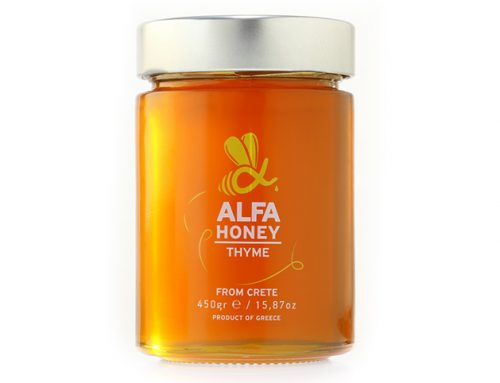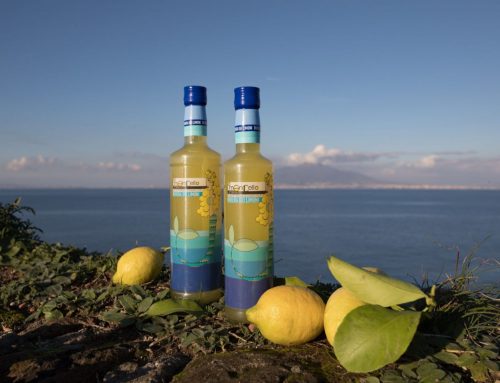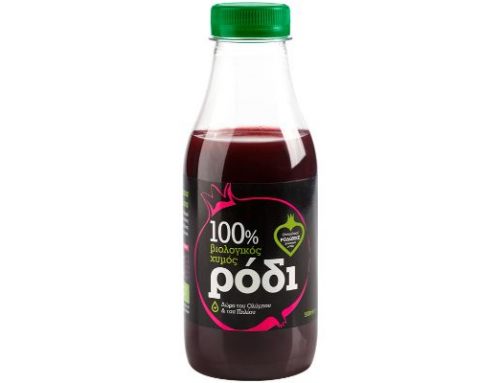Although for many people abroad Greek cuisine is all about mousakas, Greek salad, gyros and souvlaki, one of the most traditional dishes and indeed characteristic of Mediterranean diet is the (not so) humble pie. Greeks love their pies; you can find them in all sort of shapes and sizes, salty or sweet, traditional or not, with thin pastry phyllo-sheets or crumbly, made rich in ingredients or simple, yet delicious, in taste. Greek pies are a culinary masterpiece in an almost uncountable variety of scrumptious combinations. The ultimate homemade Greek dish! They rightfully express Greek spirit by using simple ingredients and constitute an excellent a side dish for any dinner or even a quick, nutritious snack at work!
Since ancient times, pies were an integral part of Greeks’ everyday diet. For “ariston” (meaning both “perfect” and “breakfast”), they savoured a pie with a dough made out of wine, while during symposia, they ate sweet honey pies. “Mytlotos” was a pie filled with cheese, honey and garlic and “maza” was a nutritious pie kneaded with flour, barley rye, oats and pulses.
It’s called pita
What encapsulates a traditional Greek pie, a “pita”, is its phyllo-sheets, i.e. stretched-out dough, undoubtedly made of fresh homemade ingredients. But beware! Not all phyllo-sheets are made the same way. Different processes are carried out to give each pastry-sheet a different texture; sometimes thick, rich and crumbly and sometimes thin and translucent. There are pies made with a large number of sheets, layered one on top of the other and filled with generous portions of ingredients like cheese and vegetables. There are those that with a simple semi-liquid mixture of flour and other tasteful ingredients, replace the usual top and bottom usage of phyllo-sheets.
Limited only by your imagination
Nevertheless, a wide variety in pastry-sheets is not all; the pie filling variations far exceed even that! The only limit is the cook’s ingenuity. Everything can become filling for a pie. Cheese, greens (“horta” in greek), vegetables, meat, fish, pasta, rice or trahanas -a granular grain product made with any kind of flour or wheat mixed with either milk, yogurt or buttermilk- are just some of the delicious products that will boost a pie’s taste and make it the ultimate homemade Greek dish.
Traditional Greek recipes include a large number of combinations in pie filling: cheese pie, spinach pie, leek pie, meat pie, mincemeat pie, mushroom pie, onion pie, chicken pie, cabbage pie, potato pie, pasta pie, nettle pie, pastourma pie or pumpkin pie etc, in variations of which there is no end!
Tradition is in its name
“Paradosiaki Zymi”, Greek for “Traditional Dough”, is a continuously growing family business, based in Politika area on the island of Evoia in Central Greece, which has been active in the Greek market since 1981 in the field of homemade dough products. They aim to offer modern consumers and professionals “both classical and special flavors with a traditional character… After all, we all grew up with our grandmother’s pies!”, is what they say.
Since 2014, the company decided to spread its wings abroad offering its fresh-frozen handmade pies under the brandname of “Verga Pastry”, which is how Greek grandmothers used to call their thin rolling pin. Germany, France and the UK are already considered to be their top export markets.





